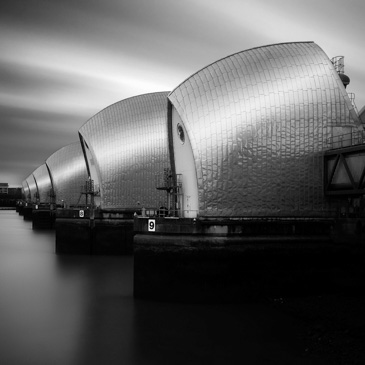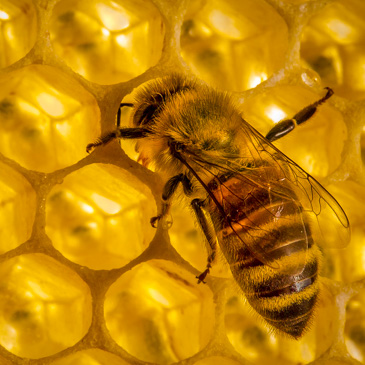Backyard Bird Photography
Last year I joined my local photography club. The club holds regular competitions and I was amazed by the quality of the bird and natural history photographs. I've never been much of a natural history photographer. So it's not surprising that my own photographs did very poorly in competitions. In particular, a judge criticised a woodpecker photograph that I submitted because it was clearly on a bird feeder. "Hand of man!" he said as he dismissed my attempt.
A not-very-natural natural history photograph.
Photography judges don't like to see birds on garden feeders.
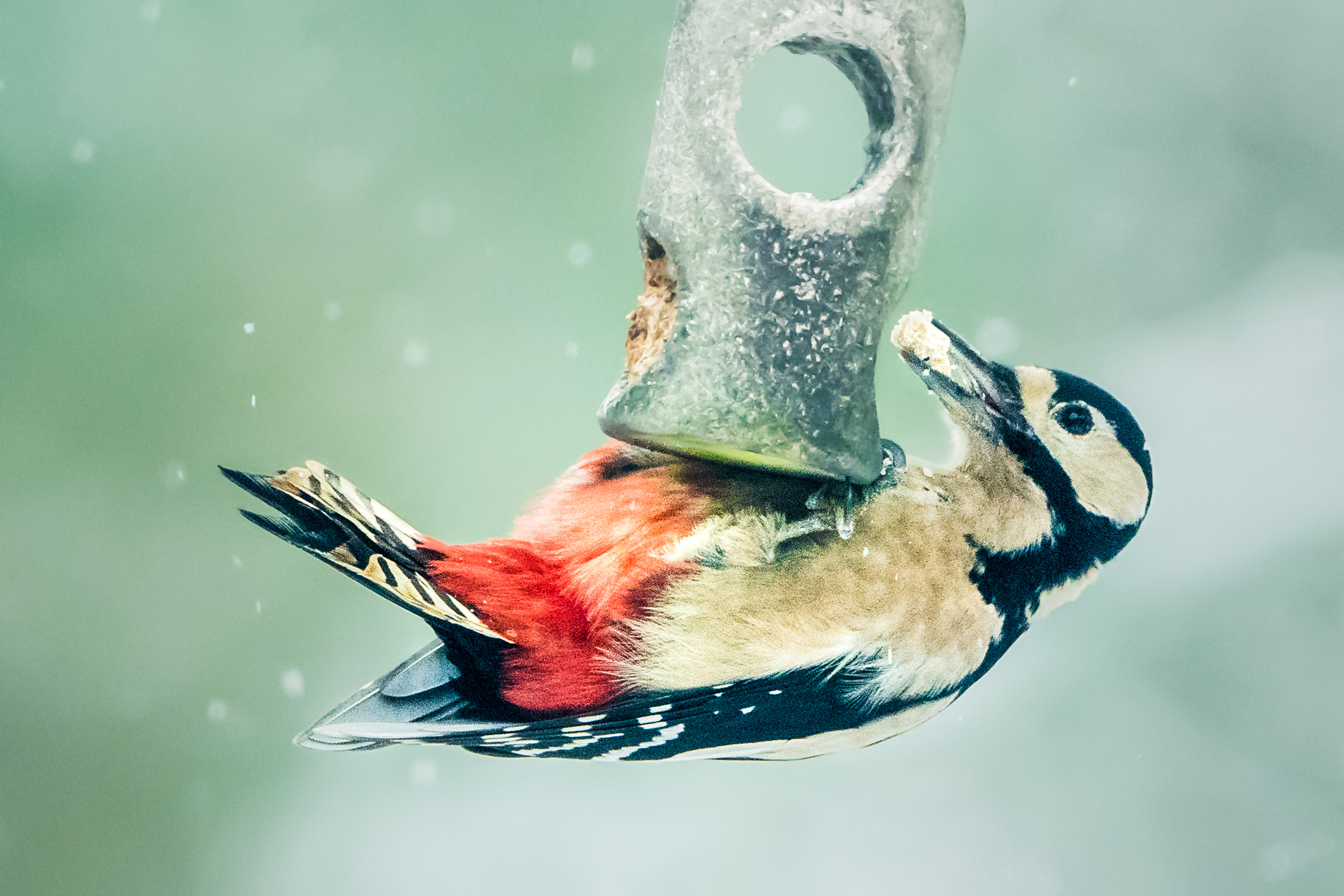
But this piqued my interest. I wondered what makes a good natural history photograph. It occurred to me that natural history photography has more than a passing resemblance to street photography. This is a genre in which I feel more comfortable.
One of the secrets of street photography is to first find your "stage" and then wait for the subjects to appear. So I thought I would apply this to photographing garden birds. I decided to set up a stage and then wait for the birds to arrive.
I have a bird table in my garden, but I knew that I needed to create a stage that didn't reveal the "hand of man". So I hunted down a moss-covered log and wedged it in between the table. I then baited the back of the log to encourage the birds to sit on it.
Baiting the perch
By the time I got around to taking this set up shot, the moss was well past its sell-by date. But the picture shows how I baited the log.
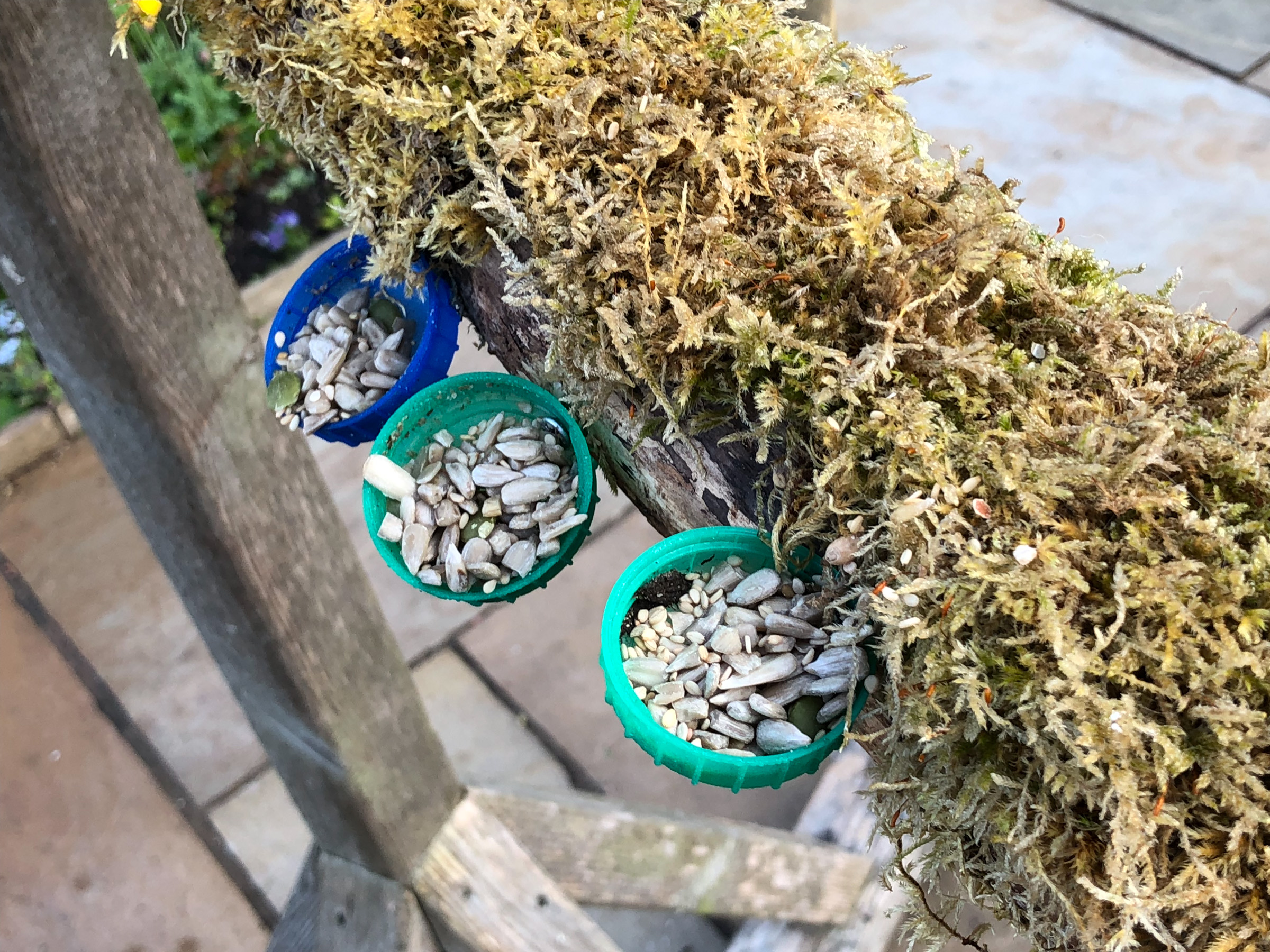
I wanted to make the photographs in my own style, so I decided to add off-camera flash. I then set up my camera and triggered it remotely.
Set up shot
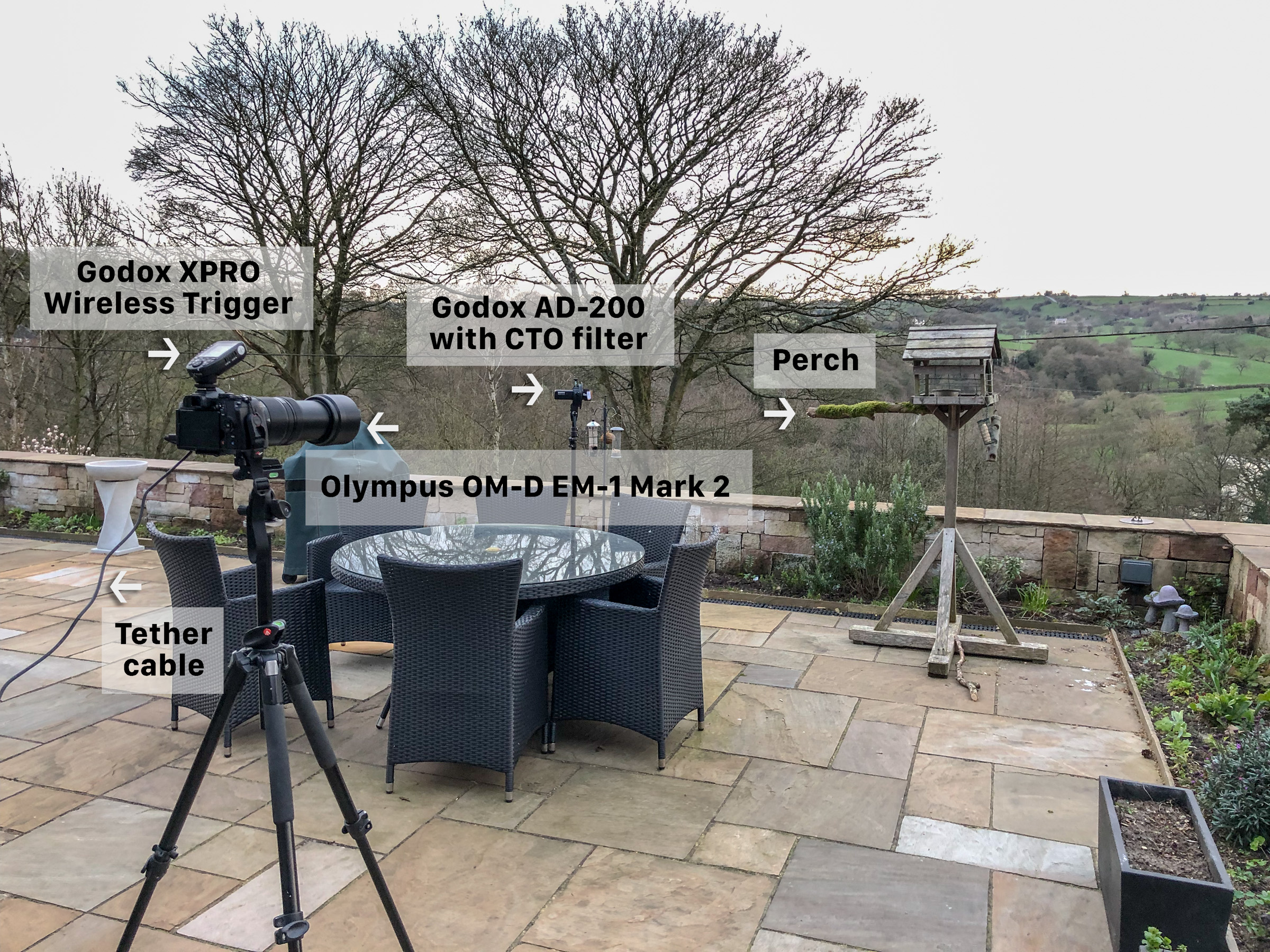
Here are some of the best examples.
Nuthatch
1/1250s f/4.5, ISO 400. Olympus OM-D EM-1 Mk2 with Leica DG 100-400/f4.0-6.3 lens at 141mm.
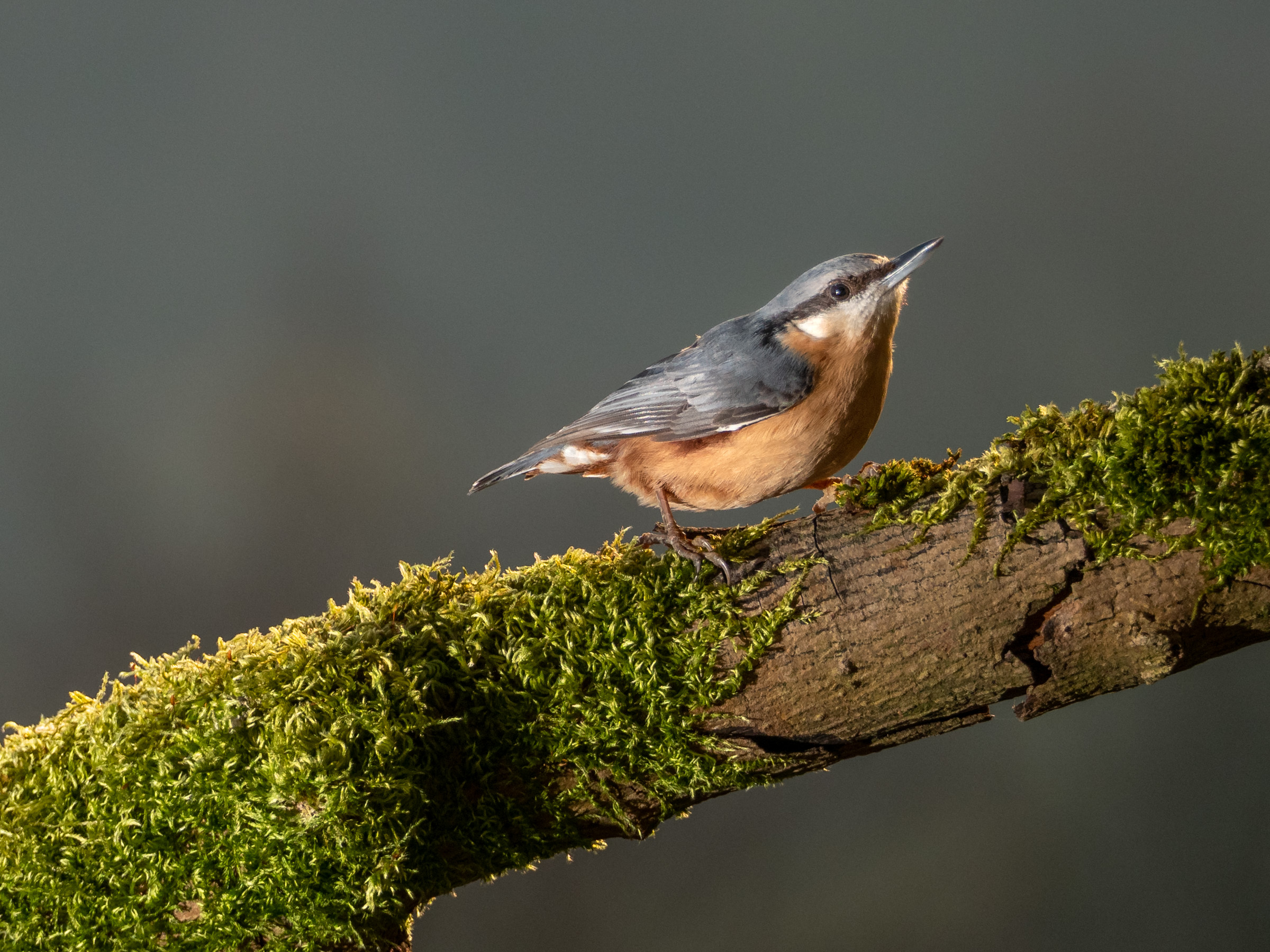
Robin
1/80s f/5.6, ISO 400. Olympus OM-D EM-1 Mk2 with Leica DG 100-400/f4.0-6.3 lens at 236mm.

Blue tit
1/1250s f/4.5, ISO 400. Olympus OM-D EM-1 Mk2 with Leica DG 100-400/f4.0-6.3 lens at 141mm.
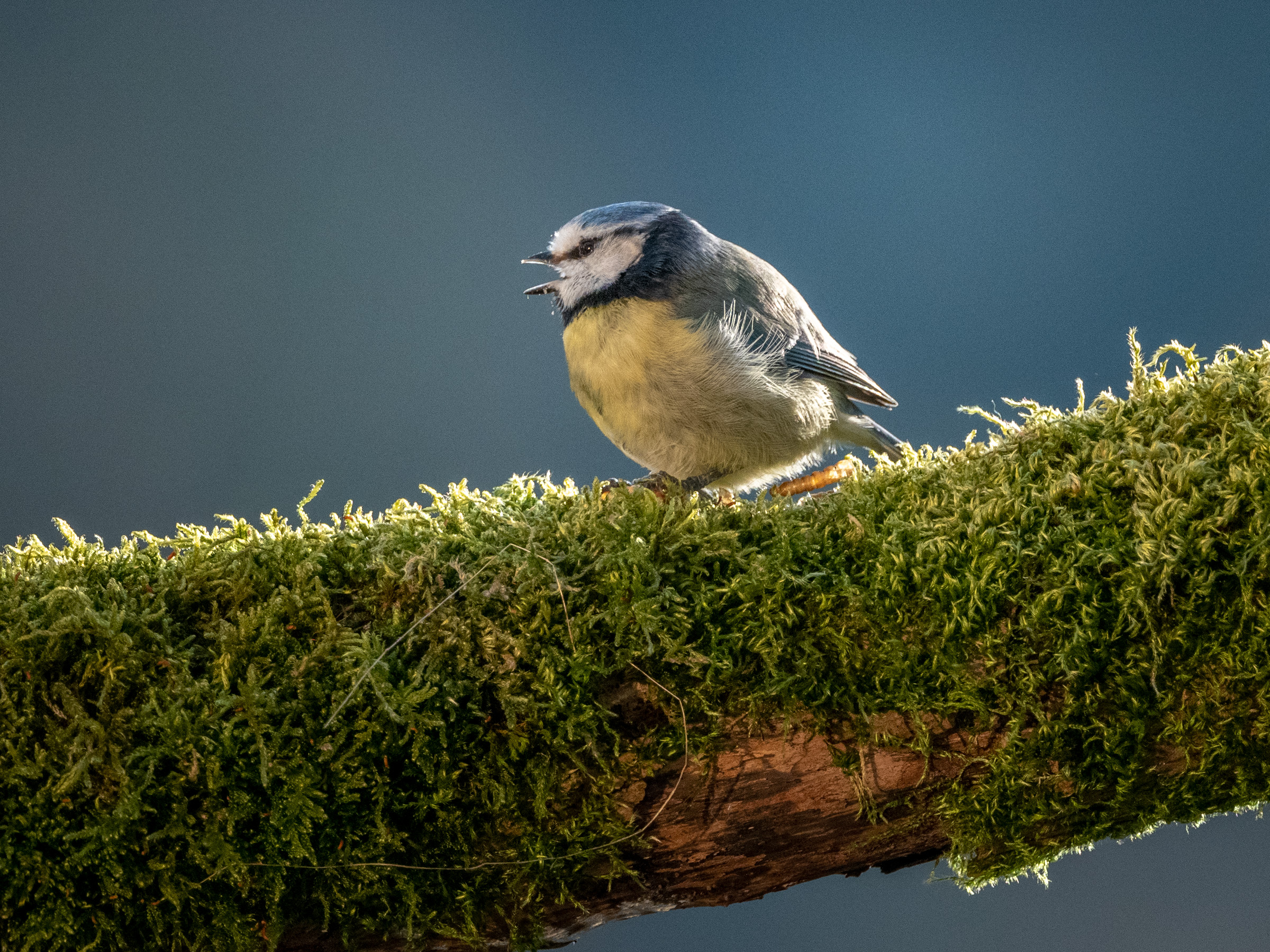
Photographing birds on a mossy log was beginning to feel a little like stamp collecting, so I thought I'd change things up.
As I watched the birds, I realised that many of them used the log as a kind of queuing post as they waited to get on the bird table. This gave me an idea. I clipped some flowers and blossom and attached those to the other side of the bird table.
The blossom perch
Ignore the dead looking mossy log in the foreground. We're now using the blossom in the background.
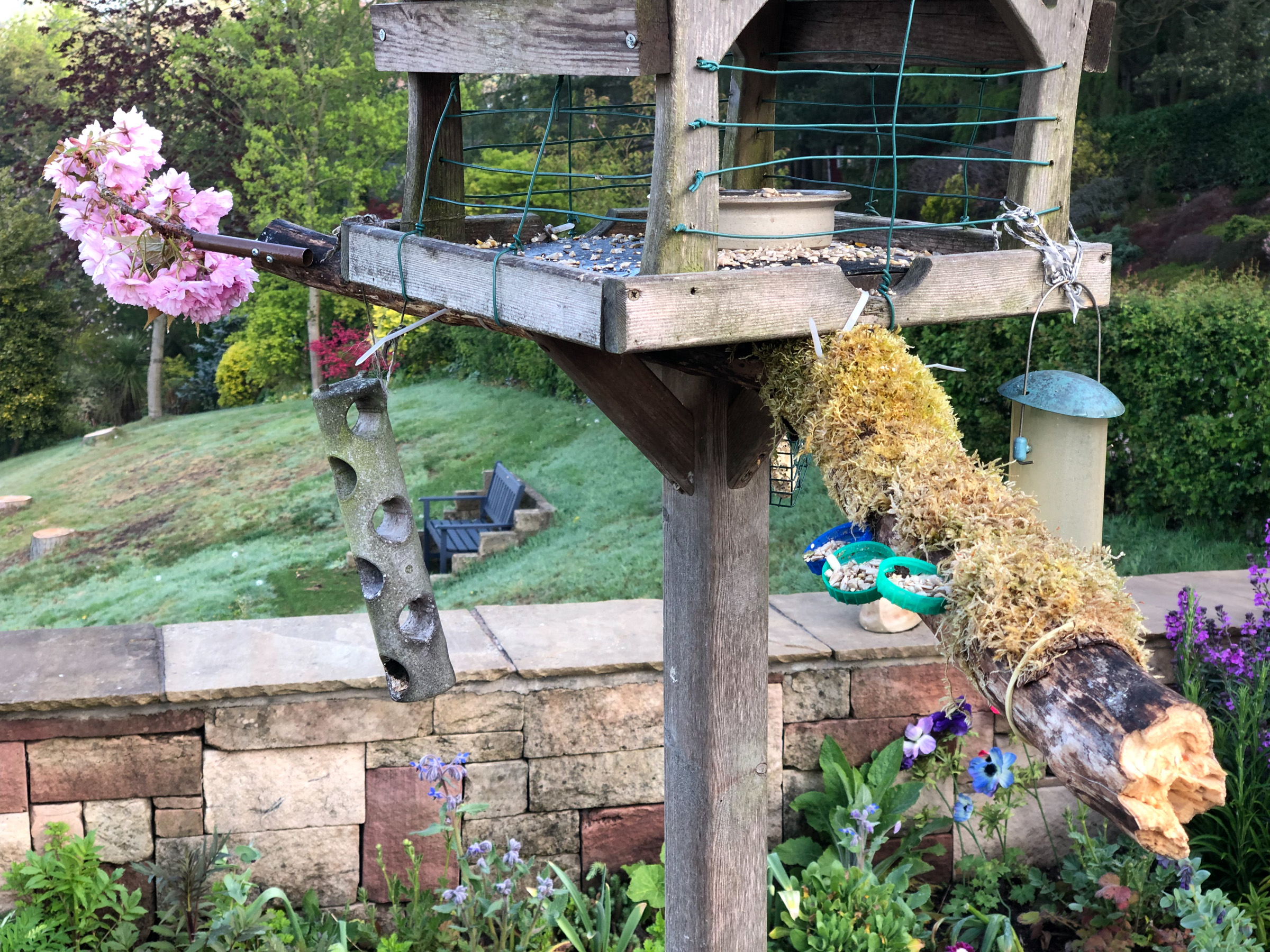
I then captured this image. It was like someone turned on a lightbulb in my head.
Blue tit on magnolia blooms
1/1250s f/5.8, ISO 800. Olympus OM-D EM-1 Mk2 with Leica DG 100-400/f4.0-6.3 lens at 318mm.
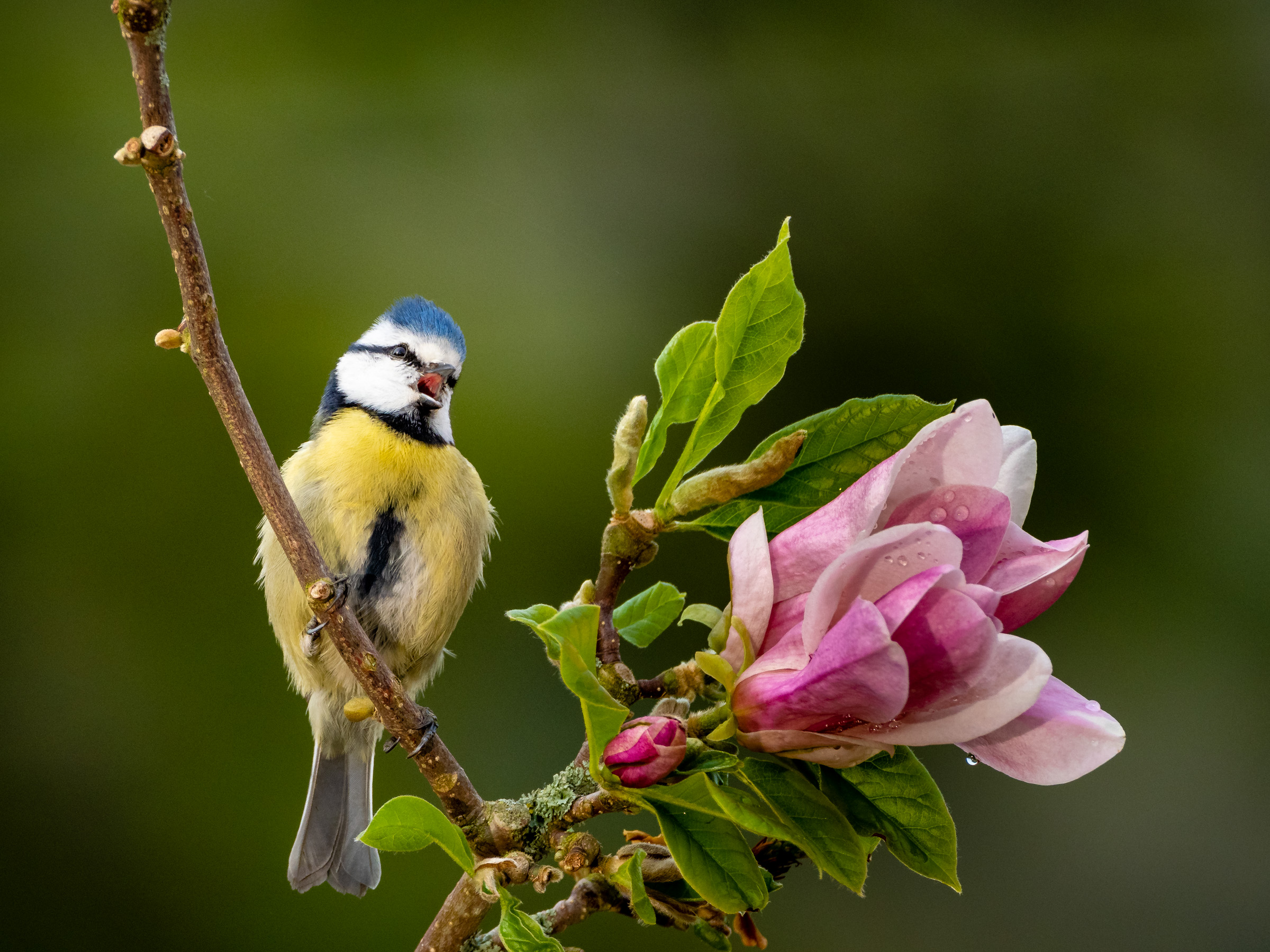
I loved the storytelling feel of this image. Time for more of the same!
Blue tit on blossom tree
1/320s f/6.3, ISO 800. Olympus OM-D EM-1 Mk2 with Leica DG 100-400/f4.0-6.3 lens at 318mm.
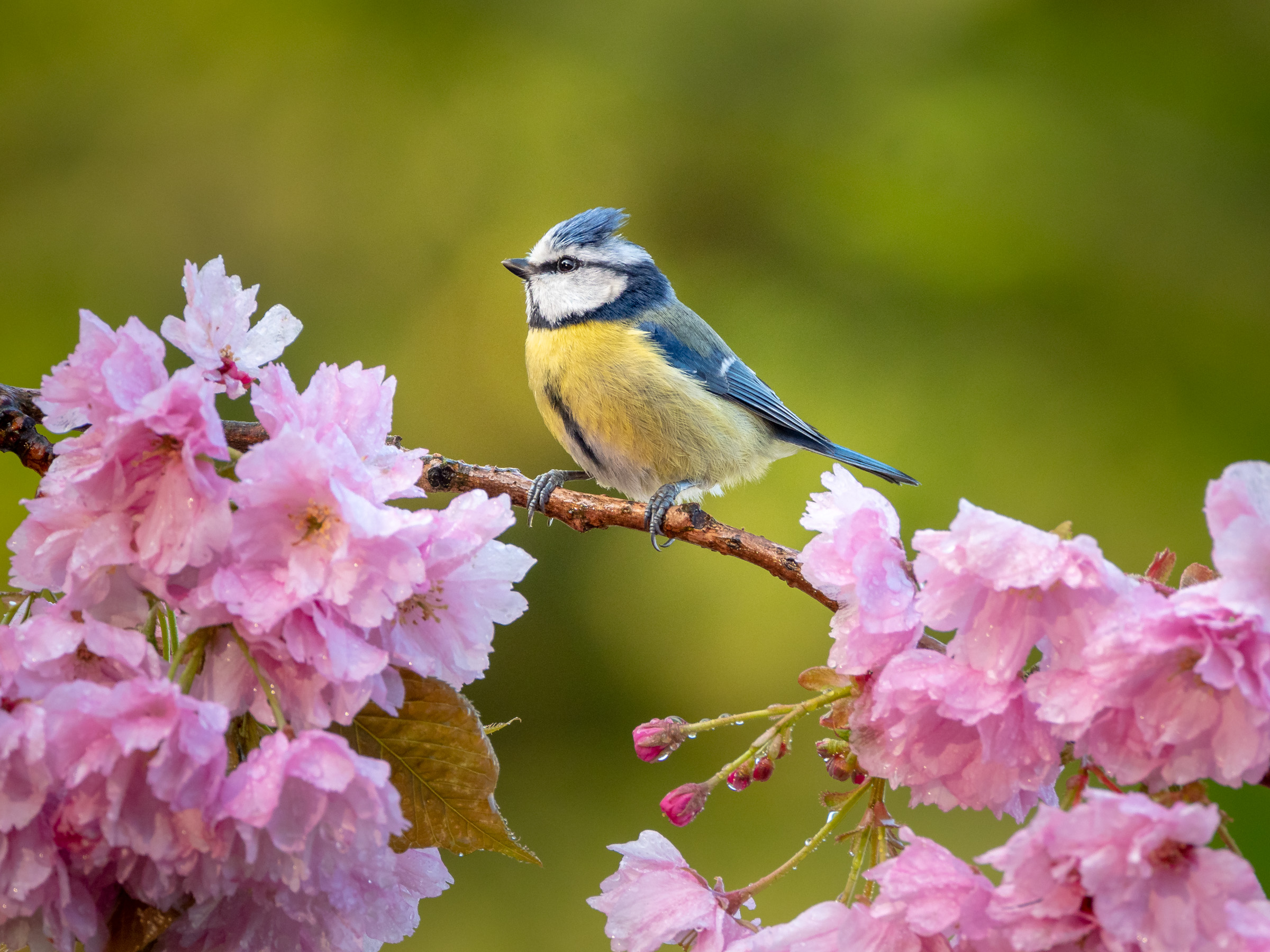
I was getting a little addicted and wondered what other scenes I could create. So my next step was to create a reflection pool.
Here's an example of a picture I took at a bird hide with a proper reflection pool. When natural history photographers create these, they are fairly long to get the best reflection.
A proper reflection pool
I took this picture at Dean Mason's hide in Dorset. The reflection pool is about 6m long.
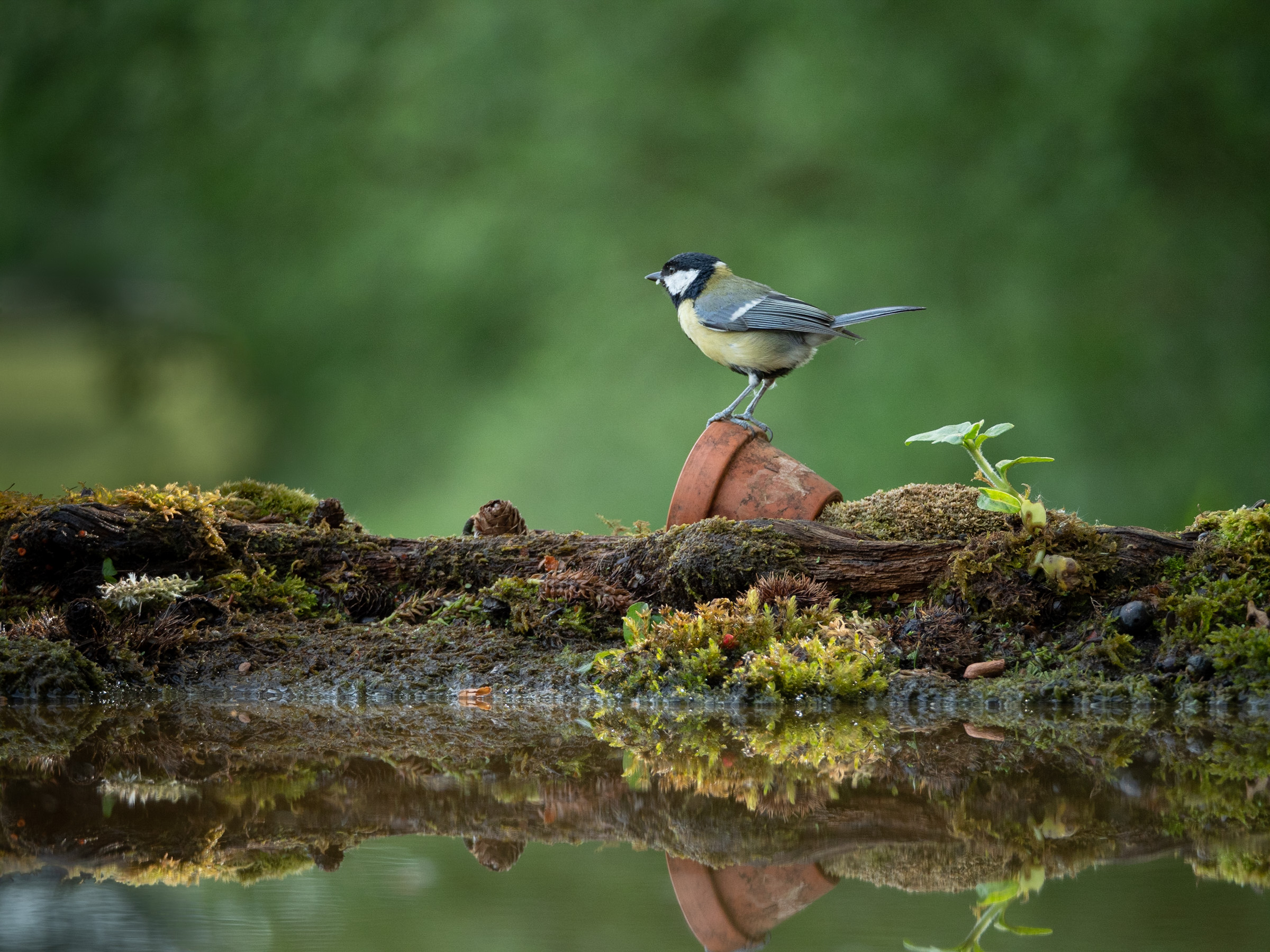
I decided to do it on a miniature scale by using a plastic tray from a garden centre.
A minature reflection pool
This is a plastic tray for a grow bag sold in a garden centre. It's 100cm by 40cm. I've put some pond plants at the back and installed a (new) mossy log.
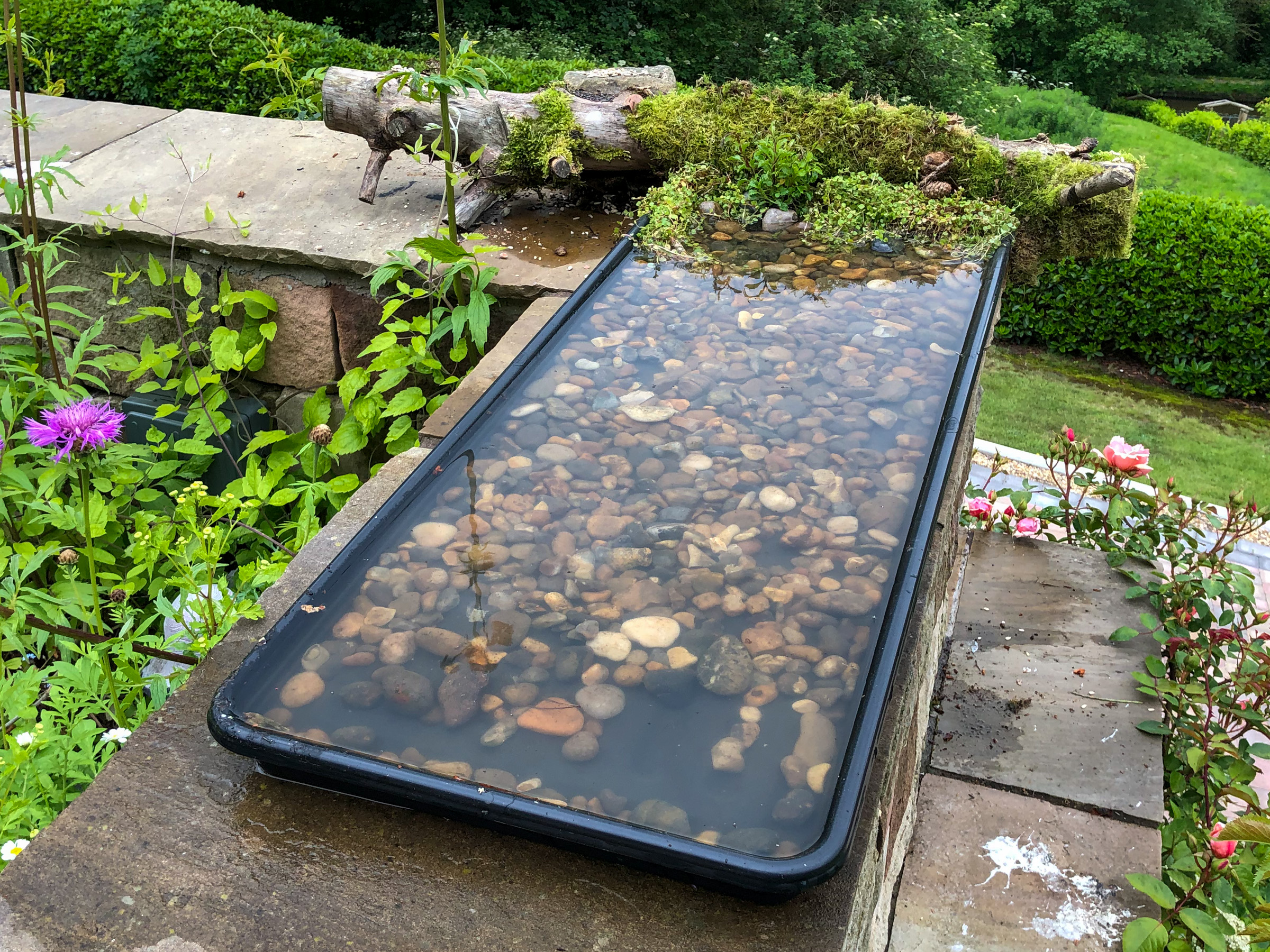
When I first set it up it was raining, so I took some photographs from inside my conservatory.
Depressed robin wondering if the rain will ever stop
This obviously doesn't show the reflection but it does show the new mossy log and some of the pond plants.
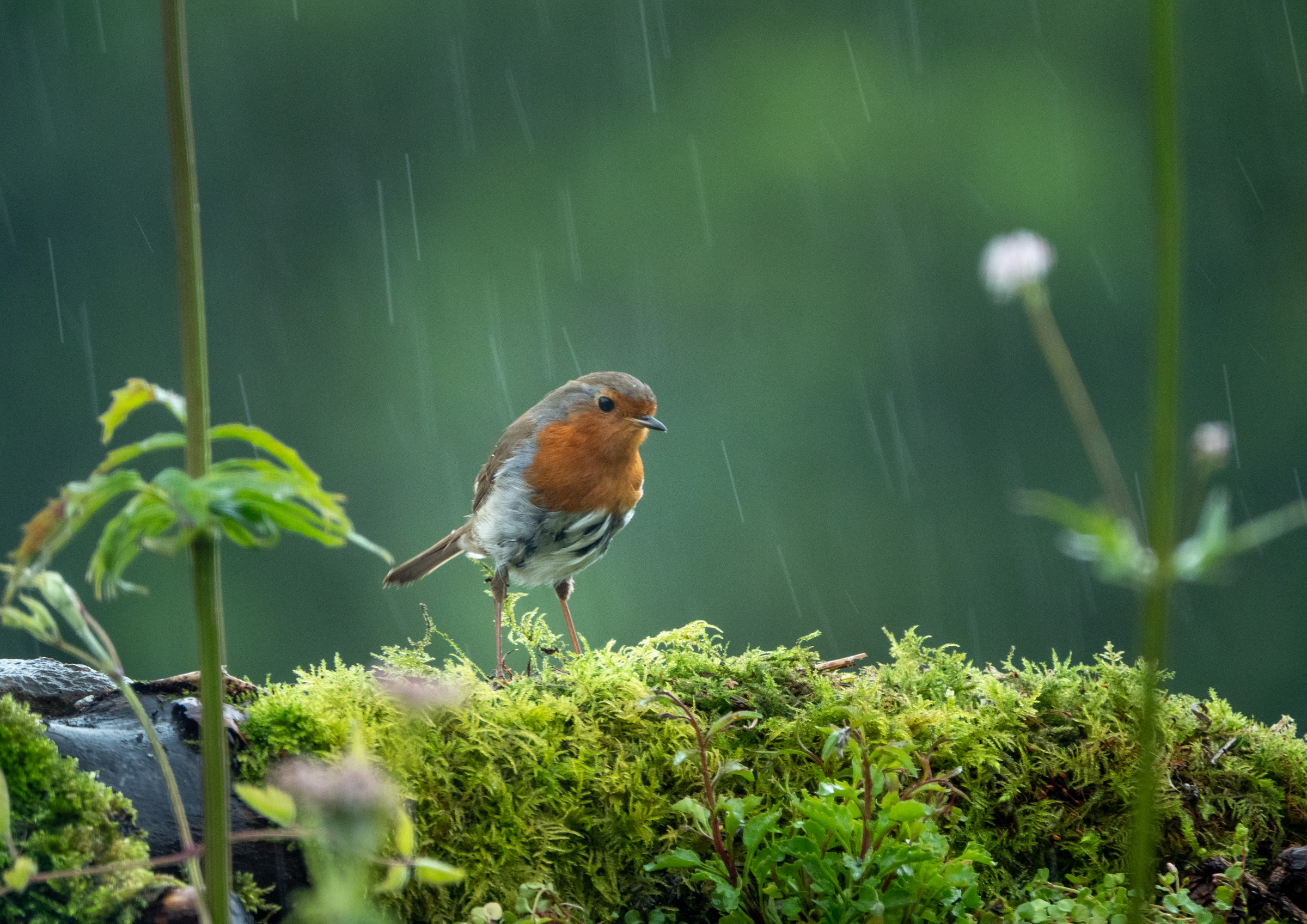
The reflection pool is so small that there's really only one angle you can shoot from. Once the rain stopped, I set up my camera outside and got these.
It's interesting to compare the following image with the woodpecker photograph at the top of the article. This one certainly appears more natural even though it was taken within 2 metres of the original.
Woodpecker
1/160s f/4.5, ISO 1000. Olympus OM-D EM-1 Mk2 with Leica DG 100-400/f4.0-6.3 lens at 141mm.
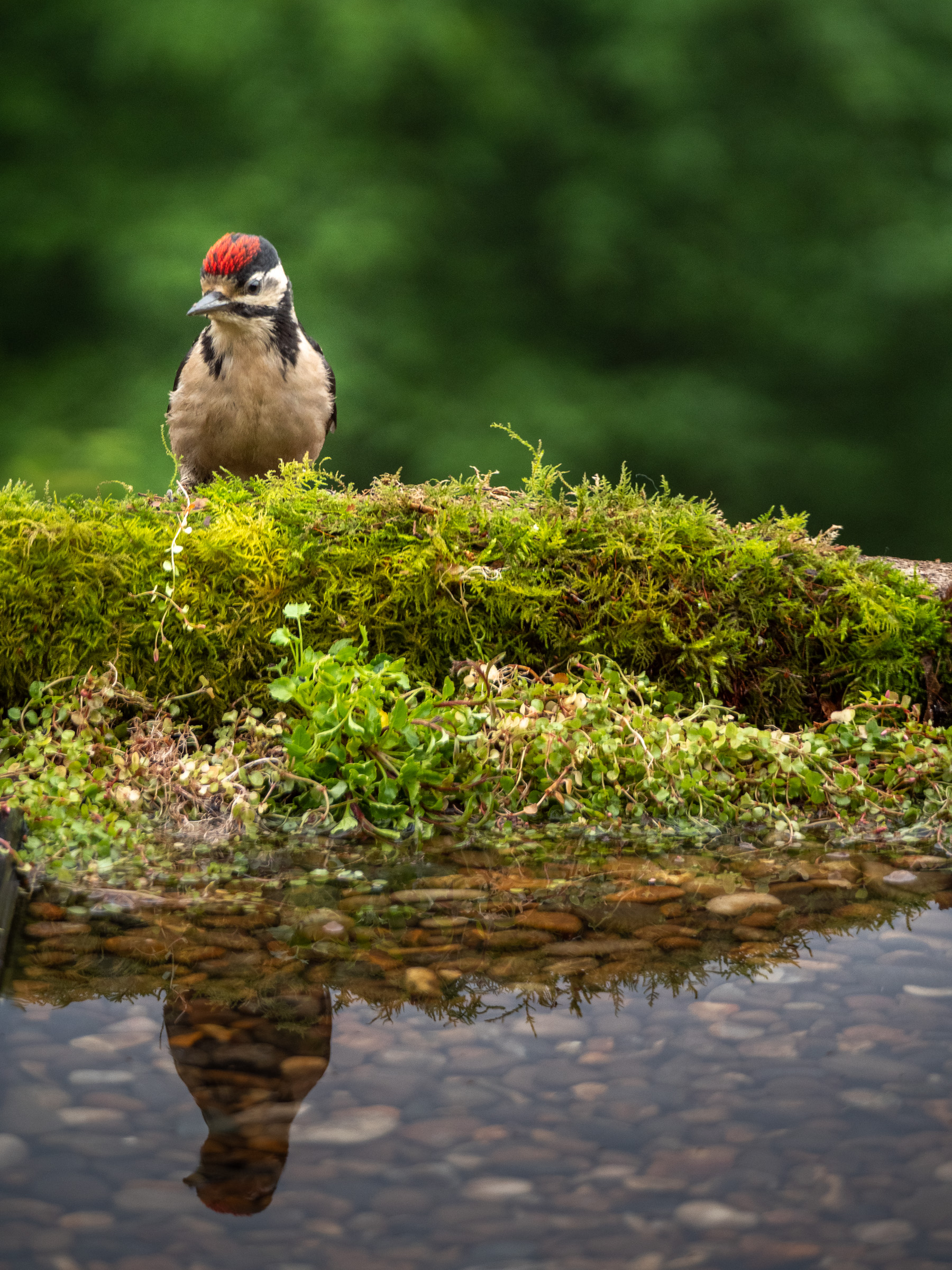
Sparrow
1/250s f/2.8, ISO 1600. Olympus OM-D EM-1 Mk2 with Lumix G-Vario 35-100/f2.8 lens at 100mm.
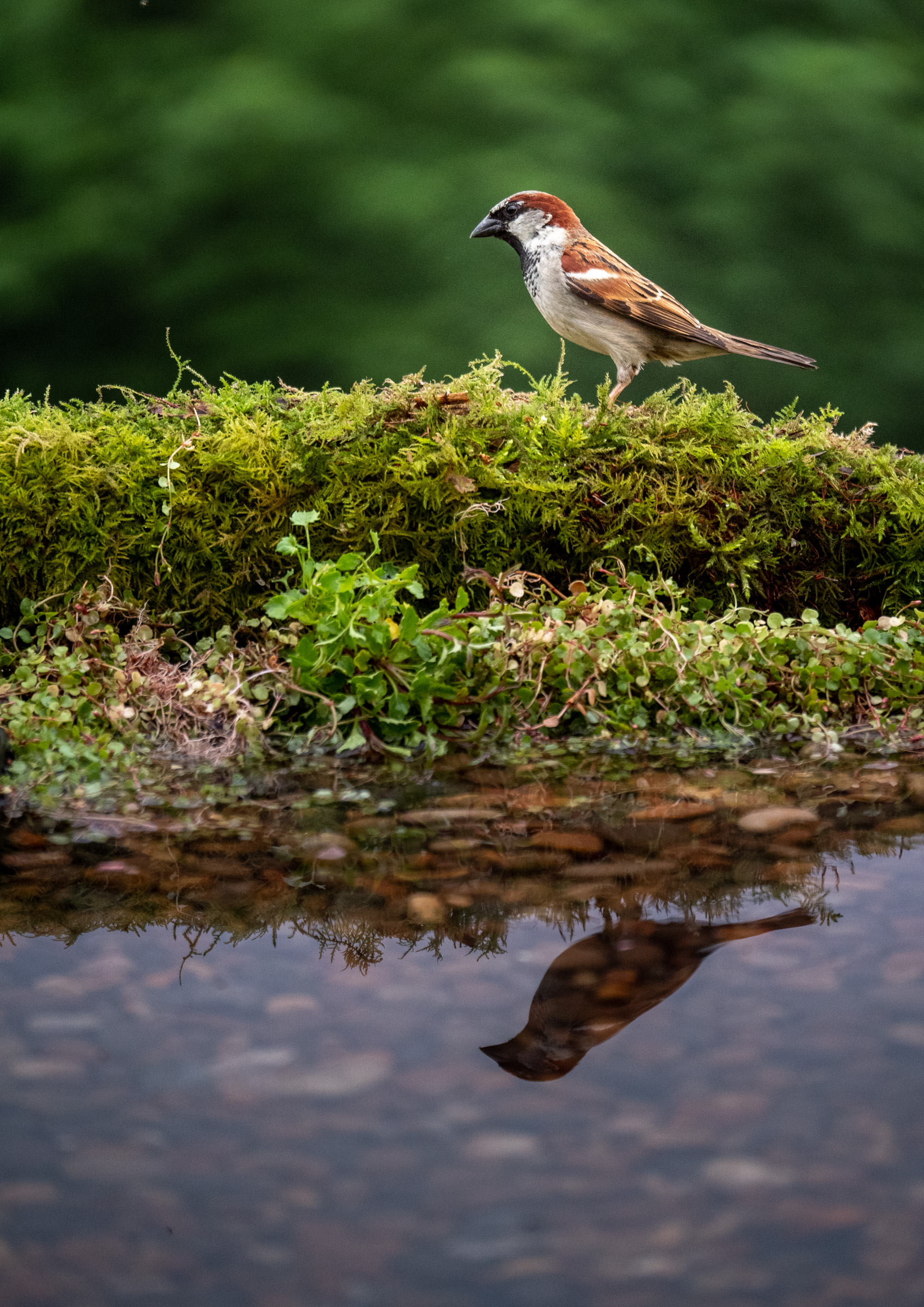
Jay
1/320s f/5.3, ISO 1600. Olympus OM-D EM-1 Mk2 with Leica DG 100-400/f4.0-6.3 lens at 236mm.

Nuthatch
1/400s f/5.3, ISO 1600. Olympus OM-D EM-1 Mk2 with Leica DG 100-400/f4.0-6.3 lens at 236mm.
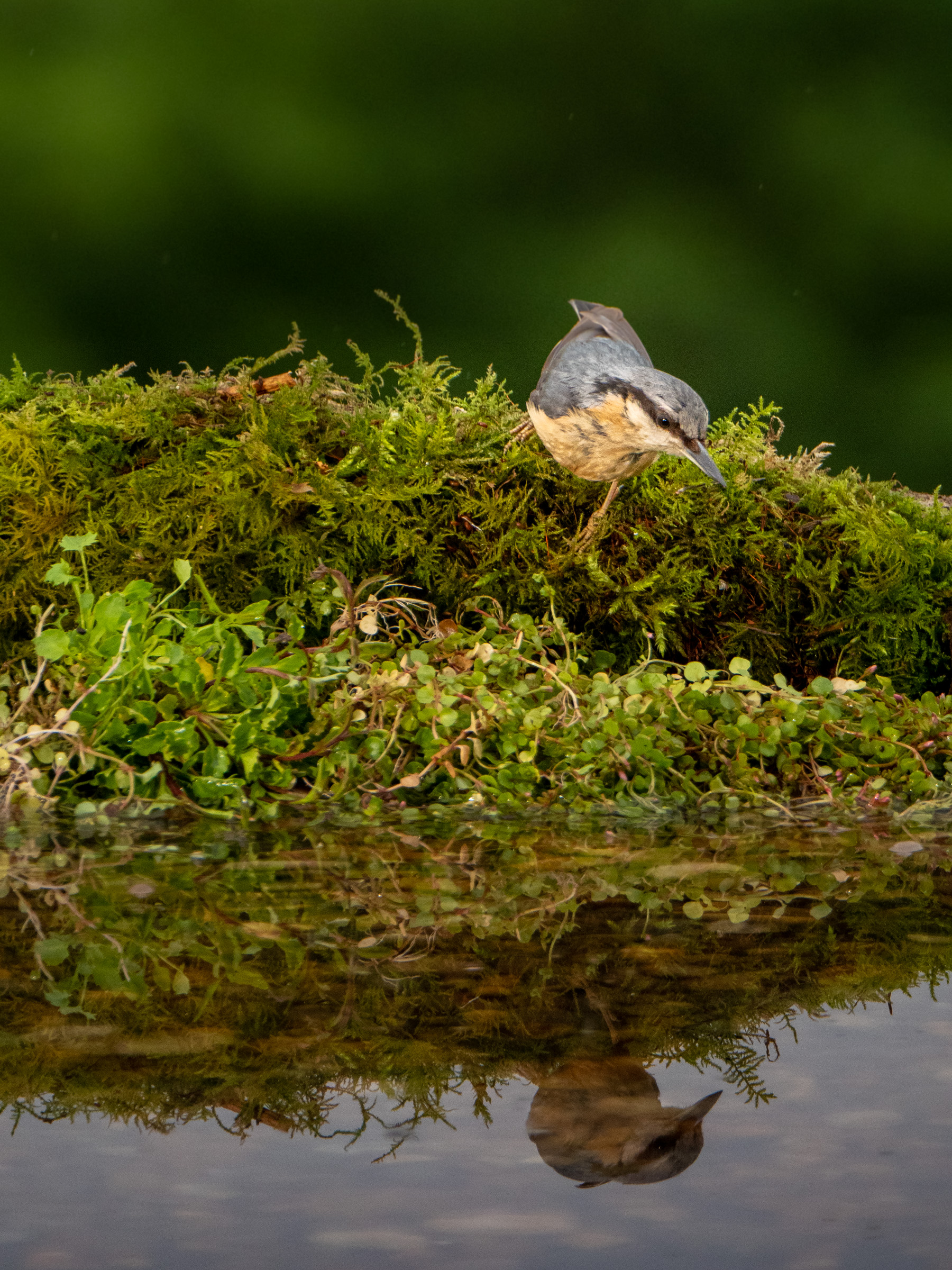
My aim in doing this was to end up with two photographs worthy of a club competition. I think I achieved that. What I didn't expect was for it to be such fun. I now know a lot more about birds than I did a couple of months ago and it's turned out to be really enjoyable watching (and predicting) their behaviour.
I still don't think I'm much of a natural history photographer, but I've definitely got some insight into why other people do it.
You can read an interview with me about these photographs at My Modern Met. This article also appears in DIYPhotography, PetaPixel, Bored Panda and 121clicks.
